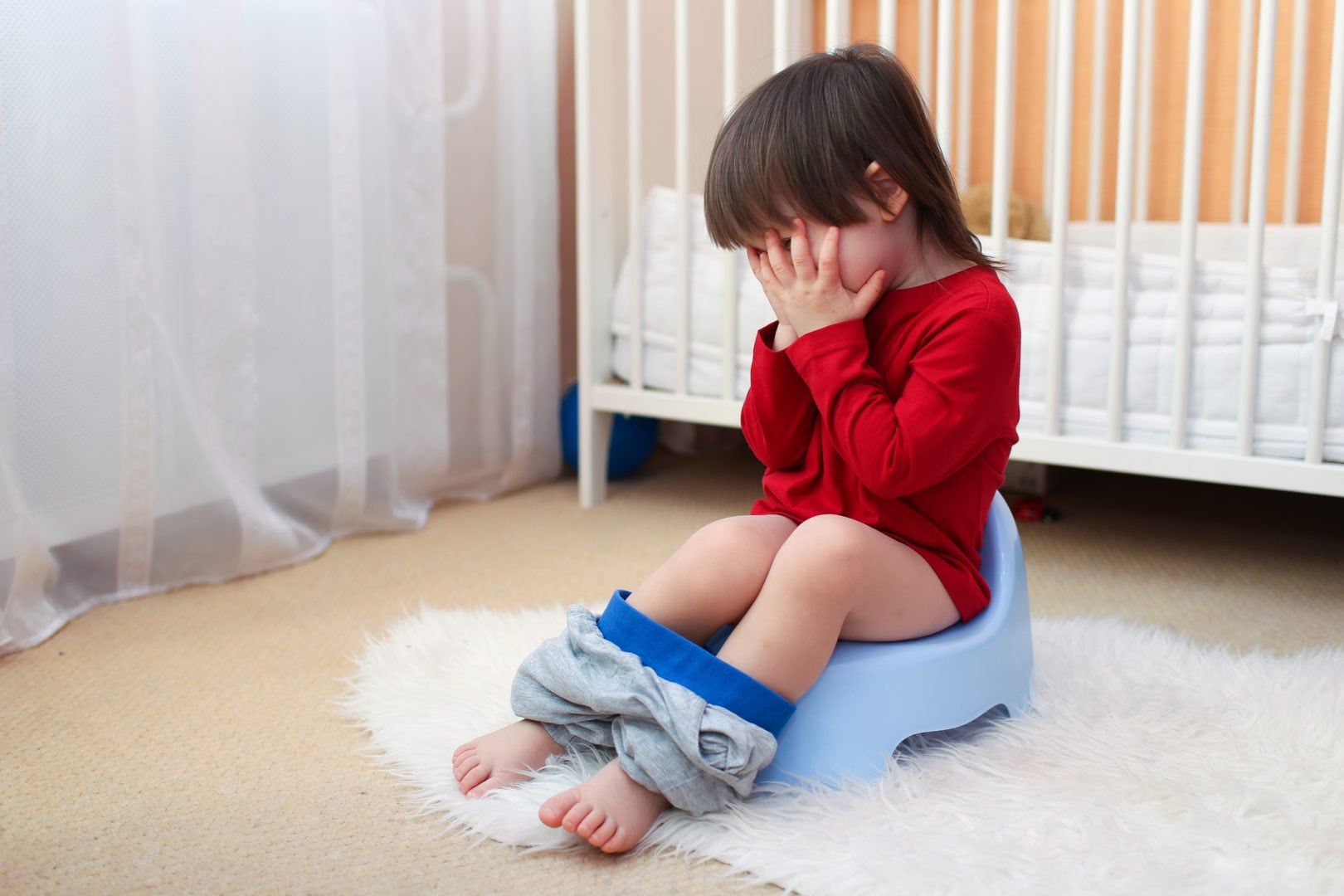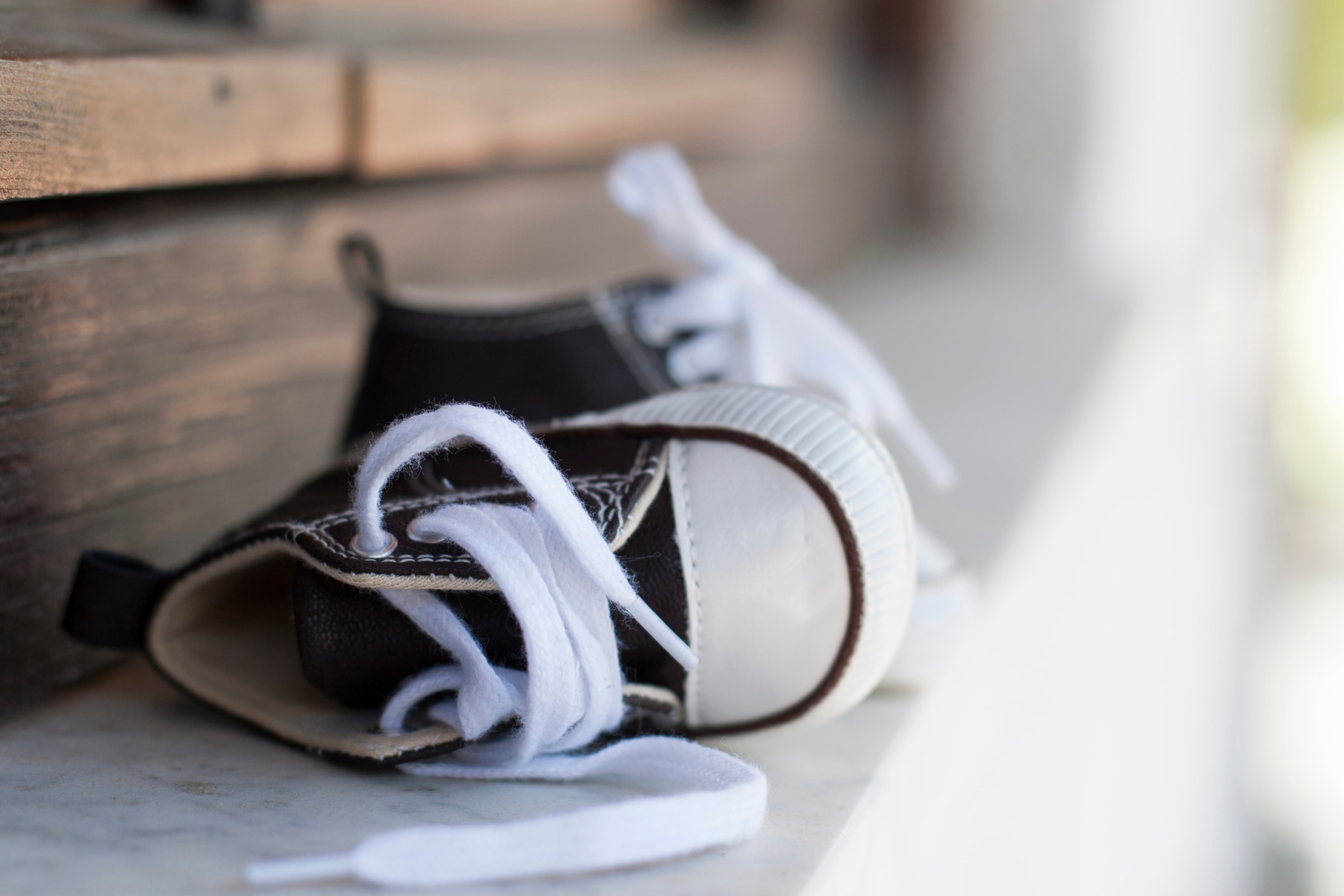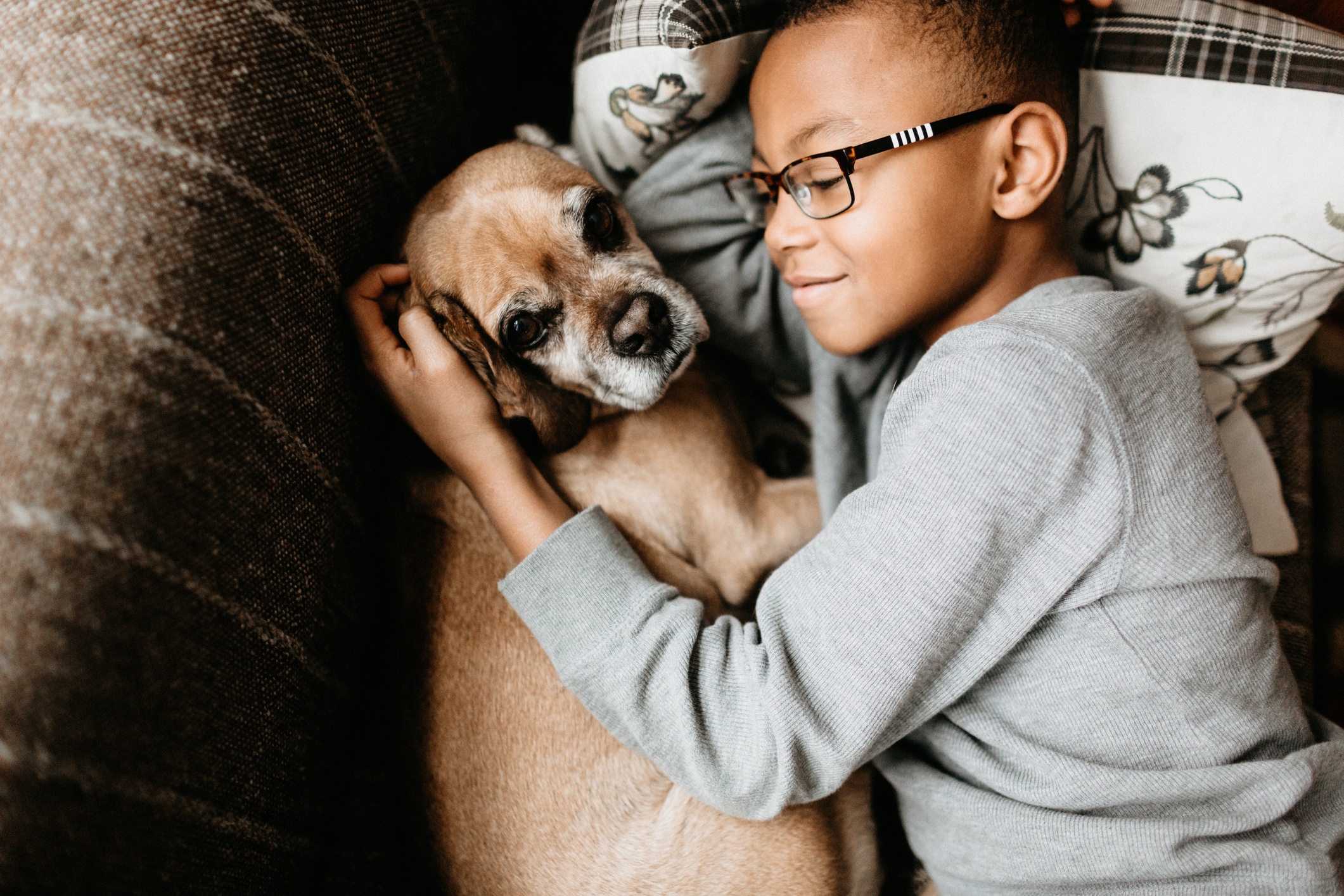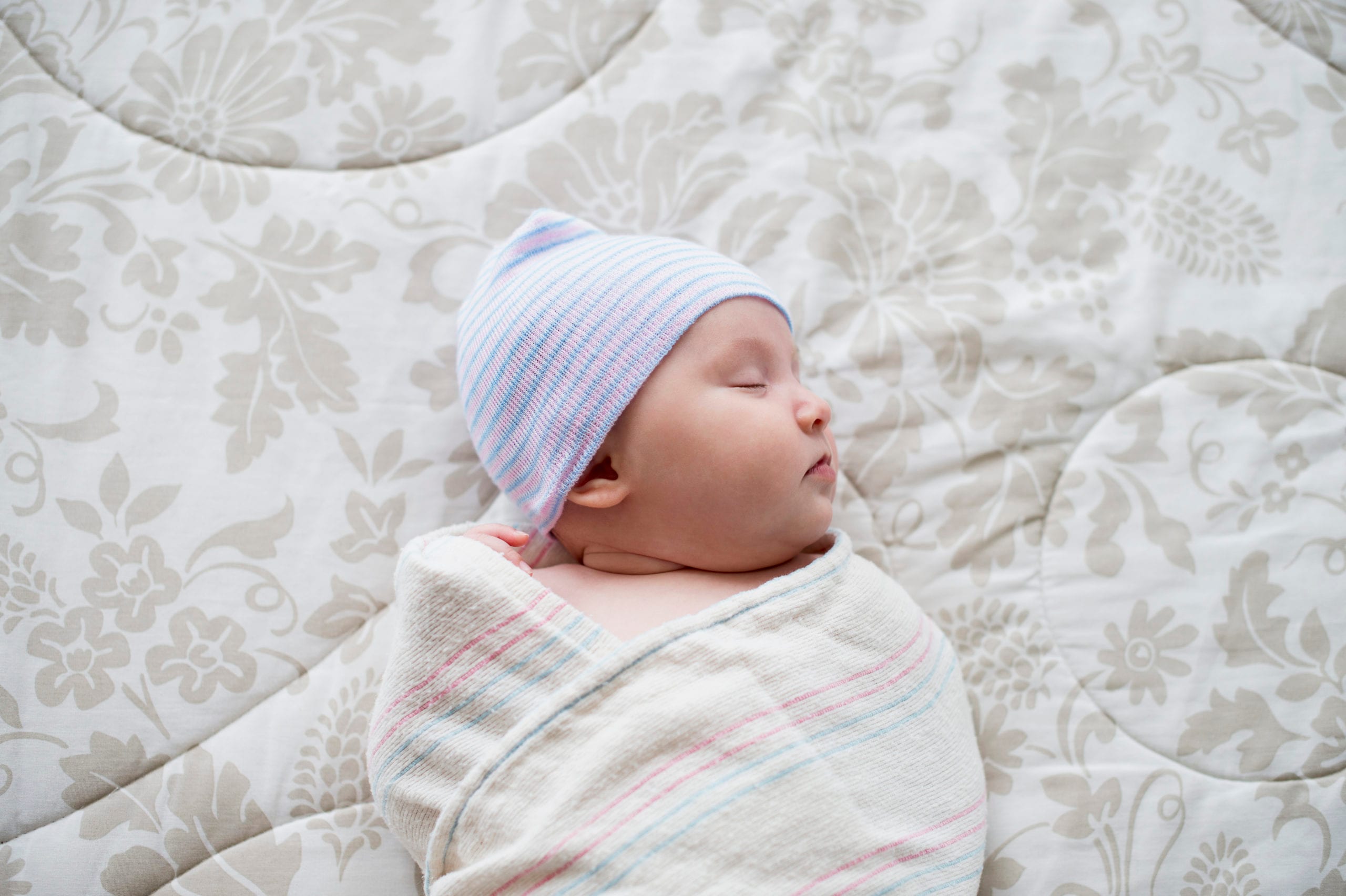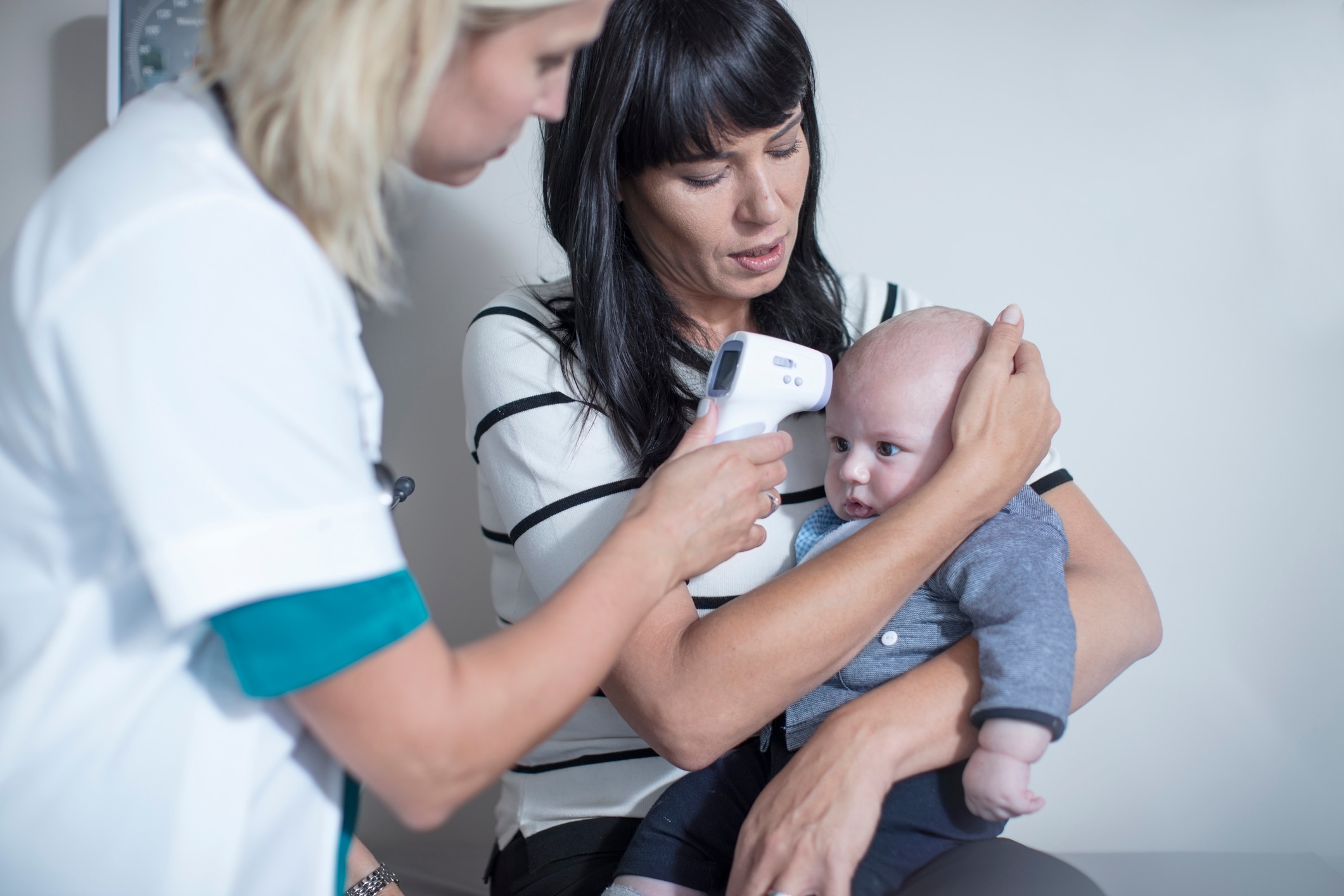In this article
It’s a pain in the butt, but it’s true: Children can get hemorrhoids. And while they might not be as obvious as a scraped knee or bruised elbow, your child’s discomfort should be pretty apparent.
“Hemorrhoids are veins in the end of the rectum and the anus that can become swollen due to increased pressure, usually from constipation or straining to go to the bathroom,” explains Dr. Jen Trachtenberg, a board certified pediatrician in New York City. “They’re either located right inside the anus or, if there’s enough pressure, they can be pushed outside and be seen around the opening.”
Here, Trachtenberg and other experts offer insight on what to look for when it comes to hemorrhoids in children, as well as tips for treatment.
Key takeaways
- Hemorrhoids in children, often caused by constipation, can lead to symptoms like swelling, pain and occasional bleeding.
- Treatment includes a high-fiber diet, hydration, warm baths and avoiding harsh wipes.
- Regular physical activity can also help prevent constipation, but a pediatrician should be consulted if blood is present in stools.
Can kids get hemorrhoids?
While hemorrhoids in children is somewhat rare, the root cause — constipation — is common. According to the National Institute of Diabetes and Digestive and Kidney Diseases, one out of every 20 visits to the pediatrician’s office is due to constipation.
“While hemorrhoids are pretty rare in kids, constipation is not,” says Dr. Sara Siddiqui, a pediatrician and clinical assistant professor in the Department of Pediatrics at NYU Langone’s Hassenfeld Children’s Hospital in New York. “It’s one of the reasons we always ask about stooling behavior during our preventative discussions at well checkups. It’s so important.”
What are symptoms of hemorrhoids in children?
Even though constipation doesn’t always result in hemorrhoids, being able to spot the symptoms is important.
“The most common signs of pediatric hemorrhoids are the presence of small swollen areas near the rectum,” Siddiqui says. “Pain and itching in the rectum area can also occur, and sometimes parents may see blood around the stool or near the rectum when wiping.”
While uncomfortable — and sometimes downright painful — all hope isn’t lost when it comes to hemorrhoids in children. In fact, they can almost always been treated at home with a few drugstore items, along with a little TLC. Here, experts and parents offer the best tips for treating hemorrhoids in children.
How can I treat hemorrhoids in children?
The following are ways to treat hemorrhoids in children, according to experts.
1. Change their diet
One of the most important ways to treat hemorrhoids is to deal with the root cause, which almost always is constipation.
“Usually, pediatric hemorrhoids are caused by constipation or persistent hard stools, which can be a result of diets heavy in carbohydrates, low fiber and dehydration,” says Siddiqui. “The longer stool sits in the rectum, the harder and dryer it becomes, and harder stools can cause the blood vessels to enlarge in the area of the rectum.”
According to Siddiqui, it’s important to make sure your child is drinking plenty of fluids and eating a diet high in fiber, which can prevent constipation.
“If your child is already constipated, prune or pear juice diluted with water can also help,” she says.
2. Run a warm bath
Warm baths can be the cure for many common kid complaints, and hemorrhoids are no exception.
“A good way to alleviate the pain that can accompany hemorrhoids is to soak the rectum area in warm water,” says Siddiqui. “You can also use warm water paper towels on the area, alternating with cool compresses.”
“A good way to alleviate the pain that can accompany hemorrhoids is to soak the rectum area in warm water.”
— Dr. Sara Siddiqui, pediatrician
According to the Mayo Clinic, soaking the area once or twice a day for 10 to 15 minutes can reduce the discomfort and treat inflammation and swelling.
3. Avoid wipes with alcohol
According to Siddiqui, parents should use non-alcohol wipes on children if they have hemorrhoids.
“Wipes that contain alcohol or perfumes may aggravate the condition,” she says.
Additionally, the International Foundation for Gastrointestinal Disorders (IFFGD) says that “intense wiping with dry toilet paper may damage the skin, thus continuing the problem.”
The IFFGD also advises steering clear of any type of decorative or colored toilet paper, which can “cause a local contact dermatitis (allergies)” due to the dye.
4. Apply an ointment
“After a bath and letting the area air dry or lightly patting it dry, apply petroleum jelly,” says Siddiqui. “This can help with irritation.”
Over-the-counter hemorrhoid or hydrocortisone creams are often used by adults with hemorrhoids in order to combat itchiness, but before using this on your child, the Mayo Clinic advises speaking with your pediatrician since the dosing depends on age, as well as the severity of the issue.
5. Use witch hazel
Some parents say witch hazel, which reduces itching and creates a protective barrier over the skin, can offer relief to children suffering from hemorrhoids.
“When my son was potty training, his backside got a little irritated from not wanting to poop in the potty,” says mom of three Jaclyn Santos, of Hazlet, New Jersey. “I dabbed a little witch hazel on a cotton ball and it seemed to help with the inflammation. I did it between two and three times a day, and after a few days, he was completely better.”
6. Give them something fluffy to sit on
Hemorrhoids can be painful, so in order to soften the blow, so to speak, give your child something soft to sit on, such as a pillow or folded-up blanket.
“Whenever my toddler daughter’s bum is irritated from a hard stool or a rash from her pull-ups, I give her a throw pillow to sit on when we’re at the table,” says mom of two Mary Ciarcia, of Fairport, New York. “It actually makes a pretty miserable situation a little bit fun for her.”
7. Get them moving
According to the American Academy of Pediatrics (AAP), making sure your child is physically active each day can also prevent constipation, which, in turn, may prevent hemorrhoids in children. For kids ages 6 and up, the AAP recommends at least one hour of exercise per day (which doesn’t have to take place all at once) while younger kids should have time each day that’s dedicated to active play.
8. Be particularly vigilant during potty training
As any parent who has made it through potty training can attest to: The poop is always trickier than the pee. One of the reasons: It takes more time, and what busy toddler wants to stop exploring, running and playing?
“It isn’t uncommon for constipation to occur during the toilet training process,” says Siddiqui. “When toddlers hold in their stool, which often is a result of them not wanting to stop what they’re doing or because of a previous painful bowel movement, constipation, harder bowel movements and possibly hemorrhoids can result.”
“It isn’t uncommon for constipation to occur during the toilet training process.”
— Dr. Sara Siddiqui, pediatrician
In addition to ensuring that your child is eating a balanced diet, drinking water and getting enough exercise, prompt them to “try” numerous times a day. If they protest, aim to sweeten the deal with a favorite story.
“Books were so key when both of my kids were potting training,” says mom of two Lexi Miller, of Union, New Jersey. “Whenever I wanted them to try going number two, I had to have the additional lure of one of their favorite books. I think we read ‘Goodnight, Goodnight Construction Site’ 1,500 times during that time!”
Should I take my child to the doctor for hemorrhoids?
Again, hemorrhoids almost always go away on their own and, while uncomfortable, aren’t usually anything to worry about. But there’s one case in which you might want to make an appointment with your pediatrician, according to Siddiqui: “Any time there’s blood in your child’s stool or in the diaper area in smaller infants, it should be checked out by your pediatrician to rule out other causes.”
